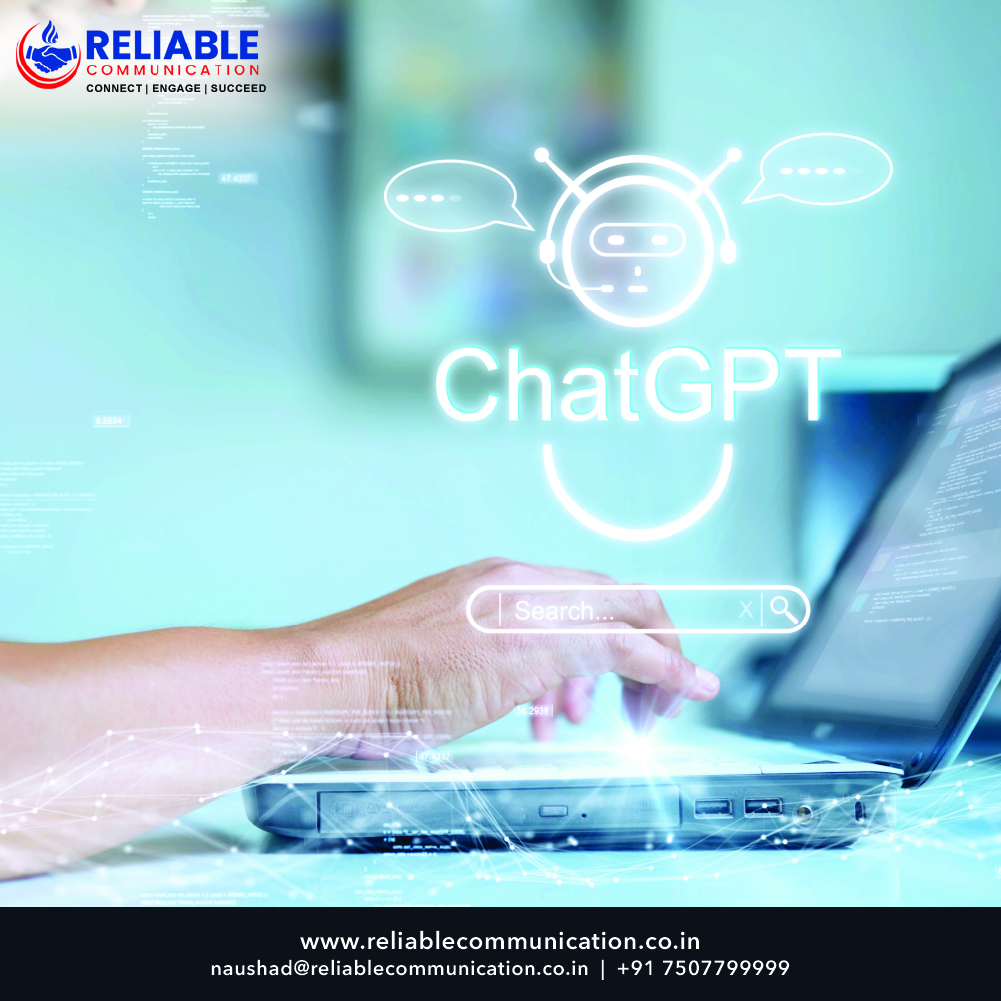Introduction:
Services for outbound telecalling can be an effective strategy for companies trying to increase their customer base and reach new markets. Telecalling may be a powerful tool for engaging your target audience, generating leads, and accelerating business growth when used properly. In this post, we’ll look at several essential strategies and tactics for using outbound telecalling services to increase your impact and succeed.
1. Define Your Target Audience:
Before embarking on any telecalling campaign, it’s crucial to have a clear understanding of your target audience. Define your ideal customer profile and segment your database accordingly. This enables you to tailor your messaging and approach to resonate with the specific needs and interests of your audience.
2. Develop a Compelling Script:
Crafting a well-thought-out script is essential for effective telecalling. Your script should be concise, engaging, and persuasive, focusing on the key benefits and value propositions of your product or service. However, avoid sounding robotic or scripted—encourage your telecallers to personalize the conversation and establish a genuine connection with the prospect.
3. Emphasize Benefits and Solutions:
When making outbound calls, it’s important to focus on the benefits and solutions your product or service offers. Highlight how it can address the pain points or challenges faced by your target audience. By presenting clear and compelling value, you can capture their attention and increase the chances of conversion.
4. Proper Training and Product Knowledge:
Invest in comprehensive training for your telecallers. Equip them with in-depth product knowledge and ensure they understand the nuances of your offering. This enables them to confidently handle objections, answer questions, and provide accurate information, which builds credibility and trust with prospects.
5. Use CRM Systems:
Utilize Customer Relationship Management (CRM) systems to manage and track your telecalling activities effectively. CRM systems help you organize prospect data, track interactions, and monitor the progress of leads. This enables you to identify patterns, analyze performance, and make data-driven decisions to optimize your telecalling campaigns.
6. Follow Up and Persistence:
Don’t underestimate the power of persistence and follow-up. Many successful conversions happen after multiple touchpoints. Establish a systematic follow-up process to stay engaged with potential customers and nurture leads over time. This can involve a combination of phone calls, personalized emails, and other communication channels.
7. Continuously Monitor and Improve:
Regularly monitor and evaluate the outcomes of your telecalling campaigns. Analyze key performance indicators such as call duration, conversion rates, and customer feedback. Identify areas for improvement and refine your approach accordingly. Experiment with different strategies, scripts, and messaging to find what resonates best with your target audience.
8. Compliance with Regulatory Guidelines:
Ensure compliance with relevant regulatory guidelines and laws, such as telemarketing regulations and data privacy requirements. Maintain accurate records, obtain consent where necessary, and respect opt-out requests. By adhering to ethical practices, you build trust and maintain a positive reputation.
Conclusion:
Outbound telecalling services can be a valuable tool for expanding your business reach and connecting with potential customers. By defining your target audience, developing compelling scripts, emphasizing benefits, providing proper training, utilizing CRM systems, following up persistently, monitoring performance, and maintaining compliance, you can maximize the effectiveness of your telecalling campaigns. Remember, telecalling is a dynamic process, and continuous improvement and adaptation are key to achieving long-term success.










